Part 1: Traditionalists and Baby Boomers
The generations lens is so useful and compelling because people within any given generation approach so consistently issues of leadership, authority, work productivity, family and technology. I encounter clients with increasing frequency who are wrestling with challenges that only generational tools can approach; Type, Emotional Intelligence, conflict and feedback—none of our other tools directly address them. Generational problems call for generational sensitivity, and movies can actually be a part of this education. Movies are a telling generational mirror.
A good movie tells a compelling, entertaining and sometimes even important story. And the movies we choose to watch say a lot in return about what we believe or find interesting or important at any given time. Generational cohort theory asserts that much of our outlook and values come to us between the ages of 10 and 20—when we first conceptualize and then step into the world as our adult selves. What was popular at the Cineplex when we were each in these formative years becomes a great portal into our own generational uniqueness.
Generational thinking overlooks the opinion or reality of any given individual to focus upon the pattern created by the larger group. In other words, when looking for generational trends in movies, it is not important what movies any one person liked to watch, what matters is what was popular (making money and/or winning awards) when people were stepping into adulthood. What do the popular movies of your formative years say about your generation?
1941 to 1954 — What movies were popular as Traditionalists grew up?
- Casablanca
- It’s A Wonderful Life
- High Noon
- Sands of Iwo Jima
- Double Indemnity
- Treasure of the Sierra Madre
- The More The Merrier
- Hamlet
- Key Largo
- High Noon
- Sergeant York
- Bambi
- Going My Way
- Rope
- Rear Window
- All About Eve
- Streetcar Named Desire
- The Day the Earth Stood Still
- Stalag 17
- Strangers on a Train
- Singin’ in the Rain
The Traditionalist Mirror
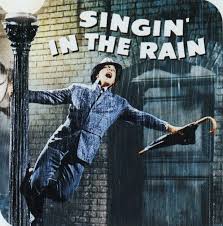
Singin in the Rain
Traditionalists (born between 1920 and 1945) grew up participating in, seeing the benefit of and then actively perpetuating the hierarchies and chains of command that give our families, communities, organizations and government structure and effectiveness. In the Traditionalist world, you knew your place; you stayed in your lane, you mixed with your own, and the world worked with order and efficiency.
While these movies are varied in genre–demographically, it is a rather homogenous group of films. They are nearly all stories of white men; the lack of racial, gender and generational diversity (to our modern eyes) is pretty amazing. While the narratives are quite varied, so many of them are about the struggle for a man (a white man) to do the right thing—even when circumstances are difficult. They are traditional, heroic plots, within which–in the end–the good guy wins (after a taxing struggle), and order is achieved or maintained.
1965 to 1975 – What movies were popular as Baby Boomers Grew up?
-
- Patton
- The French Connection
- Who’s Afraid of Virginia Woolf?
- Cabaret
- In the Heat of the Night
- Last Tango in Paris
- The Graduate
- Billy Jack
- Chinatown
- Cool Hand Luke
- Butch Cassidy and the Sundance Kid
- Godfather: Parts 1 and 2
- Bonnie and Clyde
- One Flew Over the Cukoo’s Nest
- Towering Inferno
- Rosemary’s Baby
- Love Story
- Exorcist
- Young Frankenstein
- Sound of Music
- Blazing Saddles
- Jaws
The Baby Boomer Mirror

Baby Boomers (born between 1946 and 1964) were born to the structure and hierarchy-trusting Traditionalists, and one of the hallmarks of the Boomers is their anti-authority streak. This crush of Boomers (a baby was born every 7 seconds for over 18 years in the United States—76 million in total) made for crowded schools, homes and playgrounds. As a result, this generation learned to engage each other and express themselves (they had to—there was nowhere to go to avoid it). Talk, fight, barter, argue, bargain, collaborate—Boomers became used to getting results through open—and sometimes intense—human engagement.
This anti-authority theme runs through most of these Boomer movie classics. Unlike the Traditionalist movies, we see the rise of the complicated, less-than-heroic leading man (men are pretty much still at the center of everything). Patton, French Connection, Chinatown—these are movies with ambivalent “good guys” in the leading roles. The bigger trend is the rise of the anti-hero–how much more rebellious can you get? Godfather, Cool Hand Luke, Butch Cassidy and the Sundance Kid, Bonnie and Clyde—we started cheering for–what would have been a generation ago–the bad guy.
Lastly, there is a grit and a confrontational realism to so many of these movies. The underlying (if not overt) message is NOT to trust “The Man” and to question authority. Engage, but fight, and doubt the power and what came before. These movies did not give Boomers these qualities and outlooks, but they sure do reflect the cultural shift in values that was going on as the 1960s became the 70s and so many Boomers were stepping into adulthood.

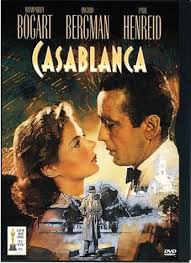
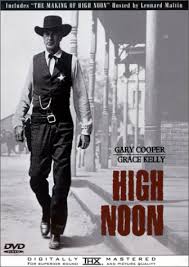
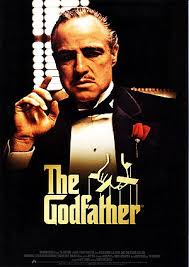
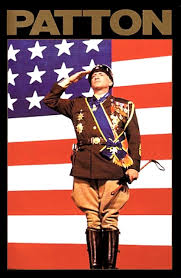
Hile, I’ve always admired your fascinating interest in music and movies and the way you’ve applied it to psychological type and now this article equally fascinates with a sociological application of the generations – giving an appreciate for the stories and “signs of the times” that movies provide. Like Roger Ebert, you make story come alive and add the necessary edge for generational reflection. Can’t wait to read Part 2, your fav – Gen X and Millennials! Nice work!